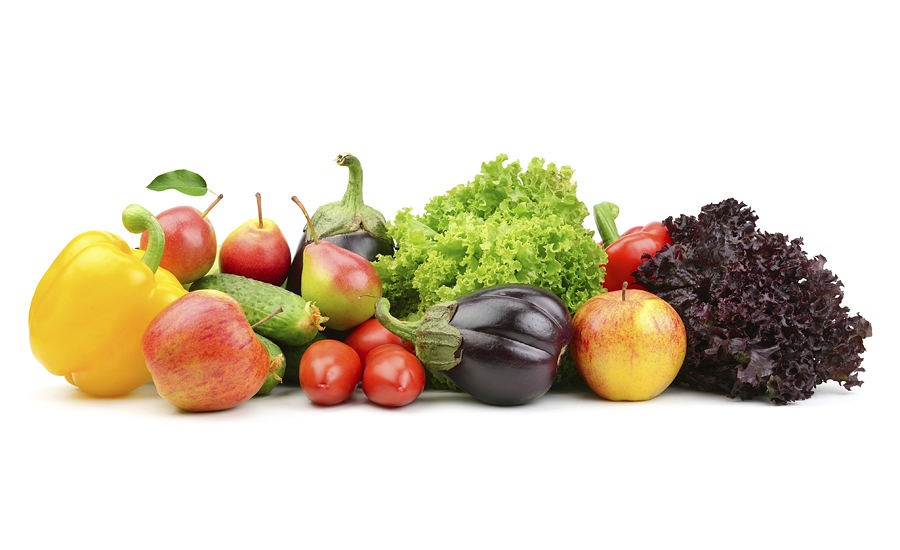A new study in the Journal of Nutrition Education and Behavior, published by Elsevier, UK, found new parents increased their spending on produce in middle- and high-income households.
"Although adult food preferences are considered relatively stable, major life events such as becoming parents may serve as a cue to behavior change," says Betsy Cliff, a doctoral candidate in the Department of Health Management and Policy, University of Michigan School of Public Health, Ann Arbor, Mich., and lead author of the report. "This creates opportunities for nutrition education programs aimed at increasing produce consumption."
This study used data available through the Nielsen Homescan Consumer Panel dataset. The panel, which is ongoing, includes over 40,000 participants who volunteer to have their retail purchases tracked. Panelists use in-home scanners to record all purchases. Categories of purchases include dry groceries, dairy, frozen food and fresh produce. Nielsen also collects demographic information from participants such as number of children, employment status, education, etc.
The authors used demographic data from 2007-2015 to determine that 508 households in the panel became parents during the study period. The grocery budgets for these families were tracked to determine overall produce, fruits, vegetables, fresh produce, canned produce, frozen produce and produce with another storage type.
Gaining a child prompted an increase in the percent of a household's grocery budget spent on produce. For example, on average pre-parenthood households spent 10% of their budget on produce, which increased to 12% once the household included kids. However, the increase was only apparent in households with an income greater than 185% of the U.S. federal poverty level (about $39,000 for a family of three in 2019). Among families with an income lower than 185% of the federal poverty level, there was no detectable change in fresh produce purchases. Although both fruit and vegetable purchases increased, fresh fruit had the greater increase. There was no detectable change in purchases of canned, frozen or other storage types of produce.
However, it is unknown if parents' change in spending resulted from an increase in quality vs. quantity of produce. The data does not include food eaten outside of the home, and the price of produce does not reflect any discount due to vouchers or coupons.
"Increased purchasing by higher income households suggests further support is needed to help low-income new parents increase produce as a part of their families' diet," says Cliff.



